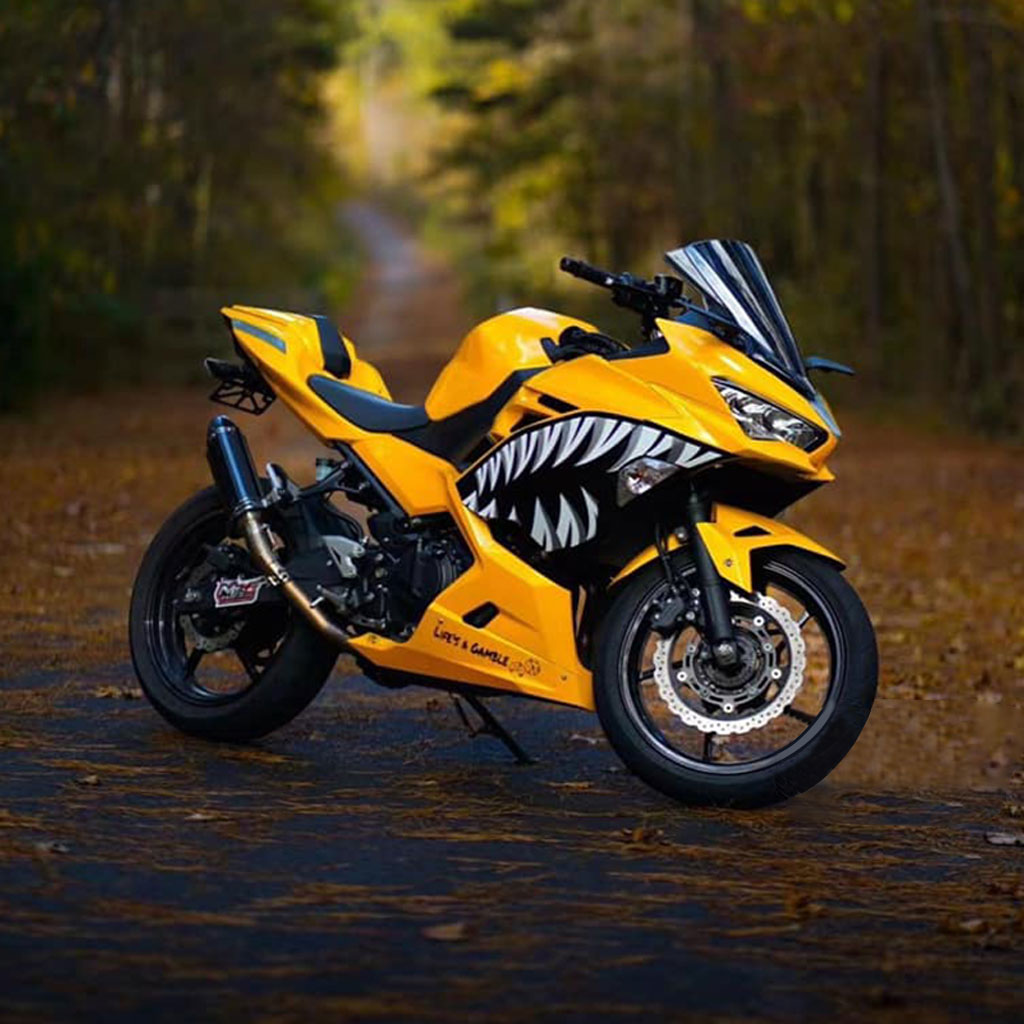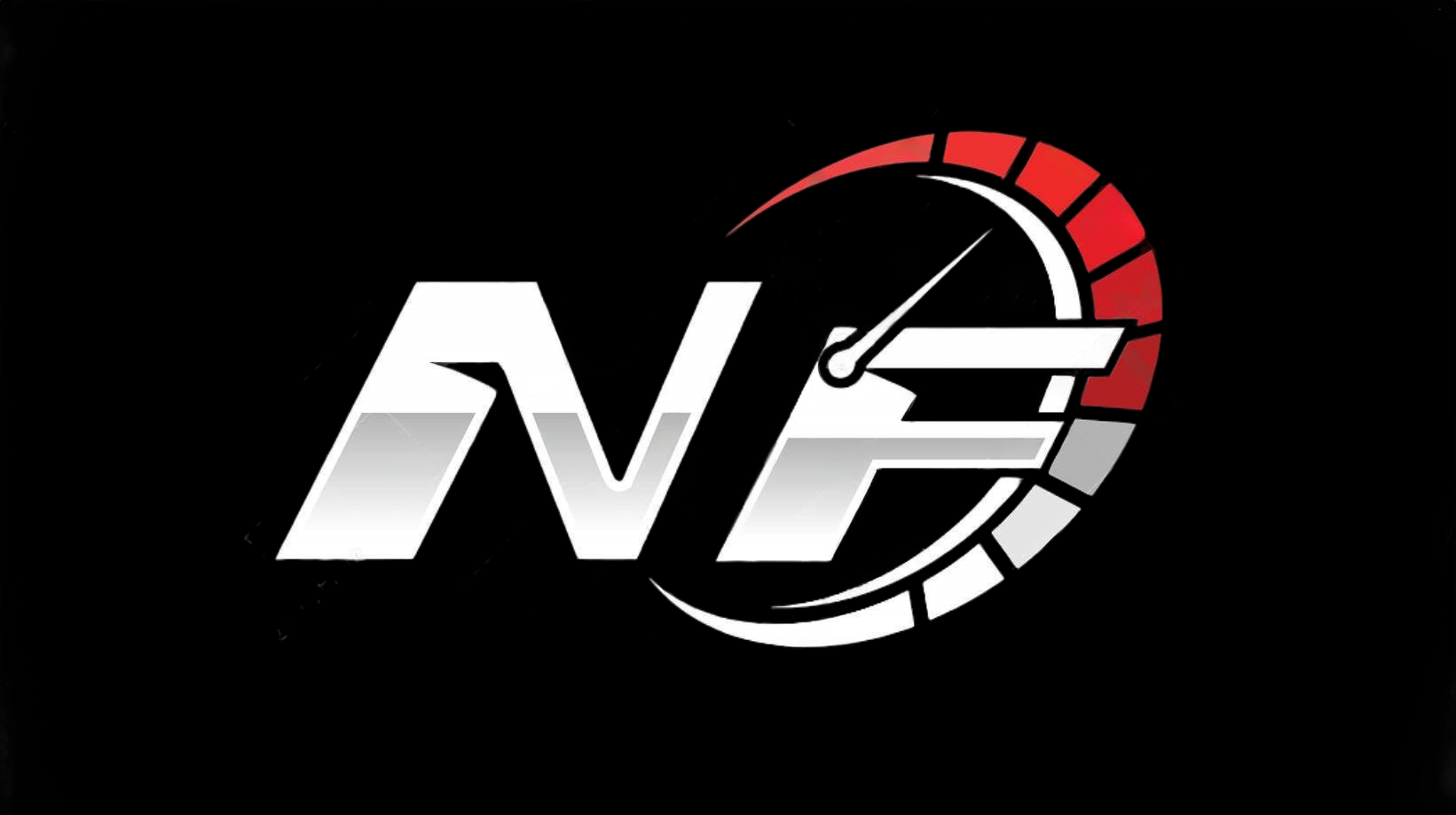2017 r6 yamaha vs 2003 r6 which feels more fun to ride
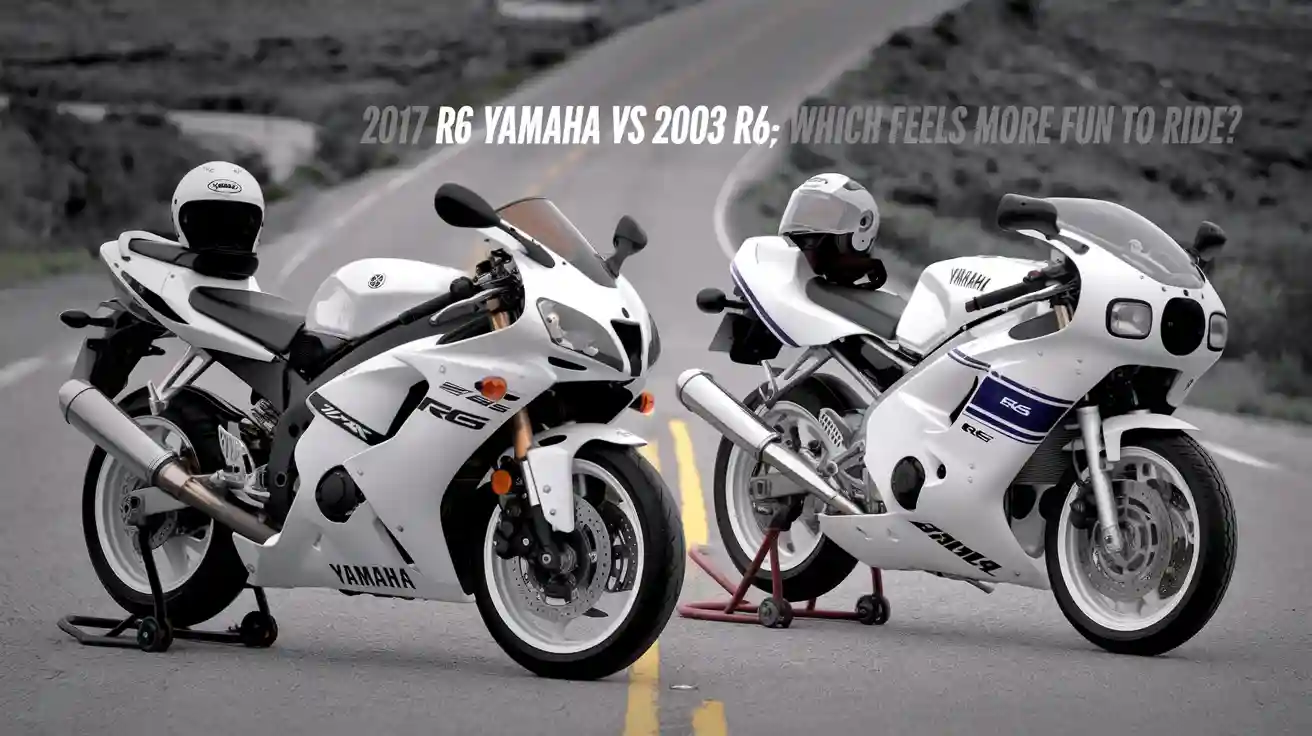
The 2017 r6 yamaha stands out as the most fun to ride for many enthusiasts. This 600cc sport bike brings a sharper edge to the yamaha yzf-r6 experience. Riders notice how the 2017 yamaha yzf-r6 delivers excitement with advanced design and a modern fairing. Compared to the 2003 r6, the 2017 yamaha yzf-r6 offers improved performance and agility. The yamaha yzf-r6 family has always set high standards in the 600cc sport bike class. Each yamaha r6, from the earliest models to the 2017 yamaha yzf-r6, gives a unique thrill. The yzf-r6 chassis and fairing changes play a big role in the overall fun. Yamaha engineers make each r6 motorcycle more engaging for every rider.
Rider Experience on the 2017 yamaha yzf-r6 vs 2003 yzf-r6
Ergonomics and Comfort
Yamaha has always focused on making the r6 a true supersport motorcycle that feels natural for riders. The 2017 yamaha yzf-r6 shows clear improvements in ergonomics compared to the 2003 r6. Riders notice a more relaxed riding position on the 2017 r6 yamaha. The tank shape and seat design allow the rider to sit deeper into the chassis, rather than feeling perched on the front end as with the older yzf-r6. The clip-on handlebars on the 2003 yamaha yzf-r6 sit higher, which changes the posture and makes the motorcycle feel different. The 2017 yamaha yzf-r6 encourages a slight forward lean, with footpeg and handlebar placements set for sport riding. This setup reduces fatigue and boosts comfort and confidence, especially during longer rides.
The 2017 yamaha yzf-r6 features a seat and tank redesign that helps the rider feel more connected to the chassis. The seat height and footpeg placement make it easier to shift body weight quickly, which is important for cornering on a 600cc sport bike. Riders report less back strain and lower fatigue levels, making the 2017 r6 yamaha more enjoyable for both street and track use.
- 2017 yamaha yzf-r6: relaxed position, integrated feel, reduced fatigue
- 2003 yamaha yzf-r6: higher handlebars, perched posture, more fatigue
Handling and Agility
Handling is a key factor in the fun of riding a yamaha yzf-r6. The 2017 yamaha yzf-r6 stands out with quick handling and easy navigation through tight corners. Yamaha engineers added advanced suspension components, including 43mm KYB forks and a new KYB rear shock, which improve handling compared to the 2003 r6. The geometry remains similar, but the lighter aluminum fuel tank and narrower subframe make the cockpit more compact and agile. Aerodynamic changes, such as an 8% better drag coefficient and increased downforce, give the 2017 r6 yamaha more stability and grip in corners.
- Quick handling and agility on the 2017 yamaha yzf-r6
- Advanced suspension and lighter chassis
- Electronic rider aids: six-axis IMU, traction control, quick shift system
- Ergonomic improvements support fast body movement during cornering
The 2017 yamaha yzf-r6 uses a GP-Style Deltabox aluminum frame, refined for rigidity and engine positioning. The 43mm KYB inverted front forks, tuned for the r6, provide excellent damping and feedback. The new KYB piggyback rear shock offers four-way adjustability, improving mid-corner stability and wheel control. A magnesium rear subframe and aluminum fuel tank reduce weight and lower the center of gravity, boosting mass centralization and agility. The redesigned seat is 20mm narrower at the front, helping the rider move easily during aggressive riding. The front axle diameter increased to 25mm, which improves front-end rigidity and control. These changes make the 2017 yamaha yzf-r6 lightning-fast in handling, with better stability and confidence than the 2003 yamaha yzf-r6.
The 2017 yamaha yzf-r6 also features larger front brake discs and ABS, which increase braking confidence and safety. Traction control lets riders push harder with less risk, making the motorcycle more enjoyable on both street and track.
Engine Character and Responsiveness
The engine is the heart of every yamaha yzf-r6. Both the 2017 yamaha yzf-r6 and the 2003 yamaha yzf-r6 use a 599cc four-cylinder engine, but their character and responsiveness differ. The 2017 r6 yamaha uses advanced systems like YCC-T ride-by-wire throttle and YCC-I variable intake, which give smooth and adaptable throttle response. The 2003 r6 uses a mechanical throttle, which feels more direct but less refined. The 2017 yamaha yzf-r6 offers selectable drive modes, letting the rider choose different throttle maps for street or track riding.
| Aspect | 2017 Yamaha YZF-R6 | 2003 Yamaha YZF-R6 |
|---|---|---|
| Engine | 599cc DOHC liquid-cooled four-cylinder, titanium valves, forged pistons, 117 hp @ 14,500 rpm, 62 Nm @ 10,500 rpm | 599cc four-stroke four-cylinder liquid-cooled, 120 hp @ 13,000 rpm, 68 Nm @ 11,500 rpm |
| Throttle Control | Yamaha Chip Controlled Throttle (YCC-T) ride-by-wire system for precise, instant throttle valve actuation | Traditional mechanical throttle without electronic control |
| Throttle Responsiveness | Selectable Drive Modes (D-Mode) with three throttle maps for adaptable throttle response | No selectable throttle maps; more direct mechanical throttle feel |
| Electronic Aids | Advanced traction control, YCC-T, YCC-I (variable intake system) | No electronic throttle control or traction control |
| Engine Character | Tuned for slightly lower peak power but higher rpm, smoother and more refined power delivery | Higher peak power at lower rpm, more traditional engine character |
| Fuel Injection | Yes, with advanced twin injector intake system | Introduced fuel injection in 2003, but no ride-by-wire or advanced electronic throttle systems |
The 2017 yamaha yzf-r6 produces 117 horsepower at 14,500 rpm, while the 2003 yamaha yzf-r6 reaches 120 horsepower at 13,000 rpm. The newer model focuses on higher rpm and smoother power delivery, while the older r6 gives more torque at lower rpm. The 2017 yamaha yzf-r6 uses electronic aids to manage torque and power, making the motorcycle easier to control on the track and street. The 2003 yamaha yzf-r6 feels raw and direct, which some riders prefer for its traditional supersport character.
The 2017 yamaha yzf-r6 combines advanced engine management, ride-by-wire throttle, and traction control to create a refined and responsive ride. The 2003 yamaha yzf-r6 offers a more mechanical feel, with higher peak torque at lower rpm, appealing to riders who enjoy a classic supersport experience.
Design Evolution of the yamaha r6 and Its Impact on Fun
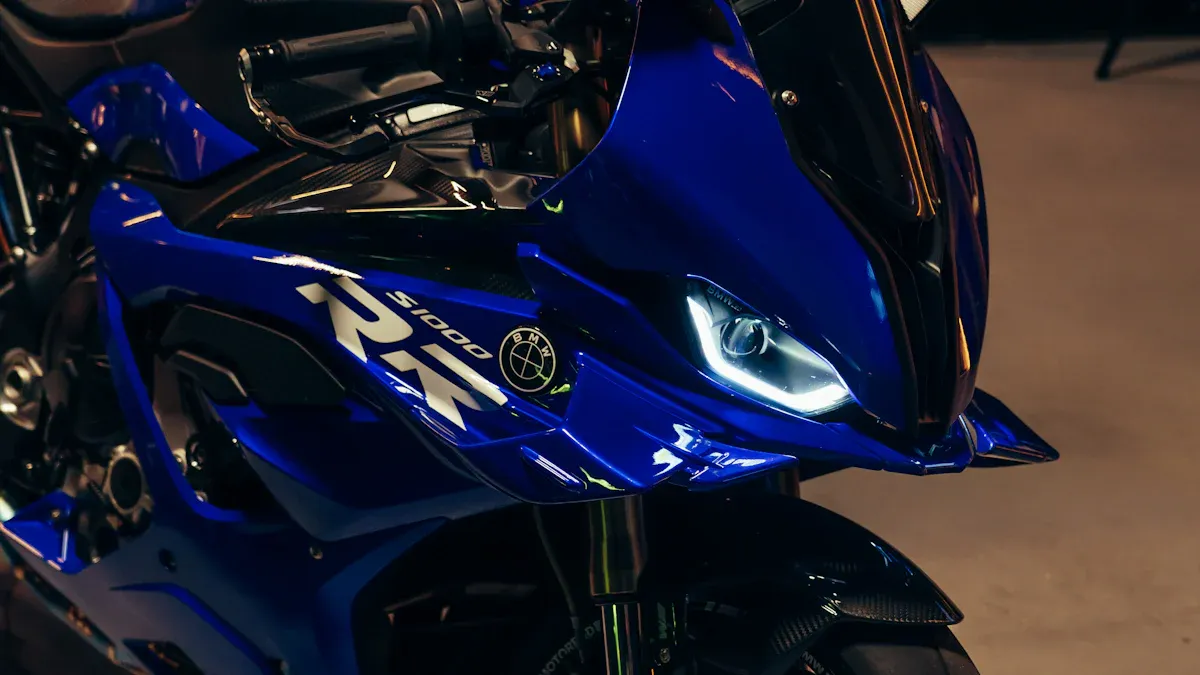
Visual Appeal and Rider Connection
The yamaha r6 has always attracted riders with its aggressive look and sharp lines. The yamaha yzf-r6 from the fourth generation motorcycle, released in 2017, shows a clear evolution in visual appeal. Designers took inspiration from the R1, giving the yamaha yzf-r6 a sleeker body and a taller windscreen. These changes improve aerodynamics and make the motorcycle look faster even when standing still. Riders feel a stronger connection to the yamaha r6 because the new bodywork reduces drag by 8%, which increases stability at high speeds.
- The yamaha r6 features advanced electronics, including ABS, traction control, and riding modes. These upgrades help riders trust the motorcycle more, especially in tricky conditions.
- Suspension improvements, such as the 43 mm inverted front fork and new rear shock, give the yamaha yzf-r6 better handling. Riders feel more in control and can push the motorcycle harder on the track or street.
- The yamaha r6 model history shows a focus on rider engagement. Each generation aims to make the rider feel more connected and confident.
Test riders report that the 2017 yamaha yzf-r6 feels agile and responsive. The improved seat, footpeg placement, and handlebar height reduce fatigue and make long rides more enjoyable.
Weight and Chassis Changes
Yamaha engineers worked hard to refine the r6 chassis and reduce weight. The 2017 yamaha yzf-r6 keeps the core engine and frame from the previous generation but adds a magnesium rear subframe and an aluminum fuel tank. These changes make the motorcycle lighter and more agile. The yamaha r6 responds quickly to rider input, which increases the fun factor.
- The yamaha yzf-r6 uses a compact chassis that helps riders shift their weight easily during cornering.
- The new generation includes a stiffer front-end chassis, which balances handling and feedback. Riders notice better control and sharper turns.
- Braking specifications improved with larger front discs and a new master cylinder. The yamaha r6 stops faster and gives riders more confidence.
The yamaha r6 model history highlights continuous improvements in weight and structure. The fourth generation motorcycle refines these elements, making the yamaha yzf-r6 one of the most exciting sport bikes to ride. The evolution of the design ensures that each new yamaha r6 feels more engaging and enjoyable.
Performance Upgrades in the 2017 r6 yamaha
Acceleration and Power Delivery
The 2017 yamaha yzf-r6 brings several improvements to acceleration and power delivery. Riders notice that the engine in the 2017 yamaha yzf-r6 revs very high, reaching up to 15,000 rpm. The power comes alive after 9,000 rpm, which means the rider must keep the yzf-r6 in the right gear to feel the full performance. The engine produces about 110 horsepower at 15,000 rpm. The torque peaks at 43 ft/lb at 11,000 rpm. This setup gives the 2017 yamaha yzf-r6 a peaky power band, similar to older r6 models.
The table below compares the 2003 and 2017 yamaha yzf-r6:
| Feature | 2003 Yamaha R6 (Original) | 2017 Yamaha R6 (Fourth Generation) |
|---|---|---|
| Peak Power | Slightly higher than 2017 model (claimed) | About 110 hp at 15,000 rpm |
| Peak Torque | Less midrange and bottom end torque | 43 ft/lb at 11,000 rpm |
| Rev Ceiling | Up to 15,500+ rpm | Around 15,000 rpm |
| Engine Characteristics | Very high revving, more gutless midrange | More over-square motor, refined but peaky power |
| Acceleration 0-60 mph | Very quick | Approximately 3.19 seconds |
| Acceleration 0-100 mph | Very quick | Approximately 6.08 seconds |
| Power Delivery | Peaky, requires high rpm to access power band | Needs >9,500 rpm for power |
| Midrange Torque | Considered gutless in midrange | Torque below 5,000 rpm is low, picks up after 9,000 rpm |
Both yamaha yzf-r6 models need high rpm for best acceleration. The 2017 yamaha yzf-r6 uses advanced engine technology to refine power delivery. Riders experience smooth throttle response and strong acceleration when they keep the engine above 9,500 rpm. The yzf-r6 rewards those who push the engine hard. The improvements in engine management help the rider control power and torque more easily.
Riders say the 2017 yamaha yzf-r6 feels fast and exciting when the engine reaches high rpm. The power and torque make the r6 thrilling on the street and track.
Braking and Suspension Improvements
Yamaha engineers focused on suspension and brakes to boost performance in the 2017 yamaha yzf-r6. The new suspension setup includes 43mm KYB inverted front forks and a KYB rear shock. These suspension components give the rider better control and feedback. The yzf-r6 handles corners with more stability and precision. The suspension improvements help the rider adjust quickly during aggressive riding.
The 2017 yamaha yzf-r6 also features larger front brakes and a new master cylinder. The brakes provide strong stopping power and better feel. Riders trust the brakes to slow the r6 quickly and safely. The addition of ABS and traction control increases confidence, especially in tricky conditions. The traction control system helps the rider manage power and torque during hard acceleration.
- Suspension upgrades: 43mm KYB forks, KYB rear shock
- Brakes: Larger front discs, new master cylinder, ABS
- Traction control: Advanced system for safer riding
The combination of improved suspension, powerful brakes, and traction control makes the 2017 yamaha yzf-r6 more enjoyable and safer to ride. Riders feel the difference in every corner and straightaway. The yzf-r6 responds quickly to input, giving the rider a sense of control and excitement.
Fairing and Aerodynamics on the yzf-r6
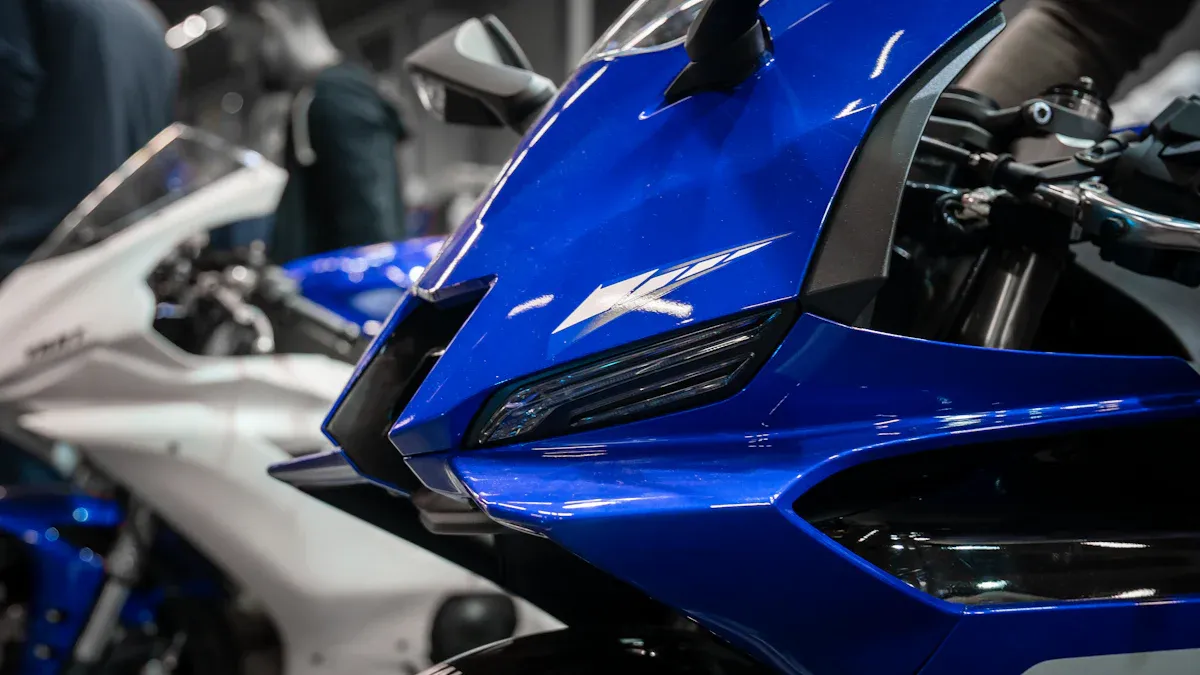
Fairing Changes and Rider Feel
Yamaha engineers have always focused on making the r6 fast and stable. The fairing on the 2017 yamaha yzf-r6 shows a big step forward in design. This model uses a fairing that looks sharp and aggressive. The new shape helps the r6 cut through the air with less resistance. Riders notice that the r6 feels more planted when they ride at high speed. The fairing also directs air around the rider, which makes the ride smoother. The 2003 r6 has a simpler fairing. It does not offer the same level of aerodynamic support. Riders on the older r6 sometimes feel more wind buffeting at speed. The 2017 yamaha yzf-r6 gives a modern look and better rider connection. The fairing helps the r6 stay stable and easy to control.
- The 2017 yamaha yzf-r6 fairing reduces drag and increases downforce.
- Riders feel more confident at speed because the r6 stays steady.
- The new design makes the r6 look fast even when parked.
Wind Protection and Comfort at Speed
Wind protection matters for every rider who loves speed. The 2017 yamaha yzf-r6 went through wind tunnel testing. This process helped Yamaha create a fairing that shields the rider from strong wind. The r6 now has a reduced drag coefficient and better airflow. These changes give the rider more comfort at high speed. The r6 feels stable, and the rider does not get tired as quickly. The 2017 yamaha yzf-r6 offers good wind protection, which helps during long rides or track days. The 2003 r6 does not have the same advanced features. Riders on the older r6 may notice more wind hitting their helmet and chest at speed. The new yzf-r6 stands out for its comfort and stability when riding fast.
Riders say the 2017 yamaha yzf-r6 gives strong wind protection and keeps the r6 steady at speed. The fairing design helps the rider focus on the road and enjoy every ride.
Real-World Feedback on the yamaha r6
Enthusiast Opinions
Many enthusiasts share their thoughts about the yamaha r6. Riders often mention the supersport design and how it makes every ride exciting. Some say the yamaha yzf-r6 feels sharp and responsive. They like the way the engine delivers power at high speed. The torque curve gives a strong push when the rpm climbs. Riders appreciate the advanced traction control on the newer yamaha models. They feel more confident when they ride fast. The brakes and suspension also receive praise. Riders say the yamaha r6 stops quickly and handles corners with ease.
A few riders prefer the older yamaha yzf-r6. They enjoy the raw torque and direct engine feel. The classic supersport style attracts those who want a simple motorcycle. Many agree that both versions of the yamaha r6 offer plenty of fun. The choice depends on what a rider wants from a supersport bike.
Riders often say, "The yamaha r6 gives me the perfect mix of speed, torque, and control. I feel connected to the motorcycle every time I ride."
Track vs. Street Fun Factor
The yamaha r6 shines on the track. Riders notice how the supersport chassis and torque help them accelerate out of corners. The yamaha yzf-r6 uses advanced traction systems to keep the motorcycle stable at high speed. On the track, the engine revs high and delivers smooth power. The suspension keeps the r6 planted, and the brakes allow for late braking.
On the street, the yamaha r6 feels agile. Riders enjoy the torque in city traffic and the quick response at lower speed. The supersport design makes the yamaha yzf-r6 easy to maneuver. Some riders say the older yamaha r6 gives more raw power and classic torque. Others prefer the newer yamaha yzf-r6 for its traction control and refined engine. Both versions offer excitement, but the track brings out the best in the yamaha r6.
| Feature | Track Performance | Street Performance |
|---|---|---|
| Torque | Strong out of corners | Quick in traffic |
| Speed | High top speed | Easy to manage |
| Traction | Advanced systems | Useful in rain |
| Supersport Feel | Maximum | Noticeable |
Riders searching for excitement often choose the 2017 yamaha yzf-r6. This r6 stands out with advanced electronics, aerodynamic fairing, and a track-first design. Yamaha engineers created a motorcycle that rewards skillful riding and delivers sharp handling. The 2003 r6 appeals to those who want a classic, raw supersport feel. Both yamaha models offer fun, but the 2017 yamaha yzf-r6 suits riders who prioritize modern features and track performance. Experts recommend the best year r6 for those who want durability and proven race pedigree. Riders who prefer street use and smooth power delivery may enjoy the 2003 r6 more.
- The 2017 yamaha yzf-r6: track-focused, modern, engaging
- The 2003 r6: classic, responsive, raw fun
Yamaha continues to build r6 motorcycles that excite riders and set standards in the supersport class.
FAQ
What makes the 2017 Yamaha YZF-R6 different from earlier models?
The 2017 Yamaha YZF-R6 shows clear evolution in design and technology. Engineers improved the fairing for better aerodynamics. The fourth generation motorcycle features advanced suspension and brakes. Riders experience refined handling and more control at high speed.
How does the engine performance compare between the 2003 and 2017 R6?
The engine in the 2017 R6 Yamaha uses advanced specifications. Riders notice smoother power delivery and higher rpm. The older model offers raw torque and a classic supersport feel. Both motorcycles belong to the 600cc sport bike class and deliver strong acceleration.
Why do riders prefer the 2017 R6 Yamaha for track use?
Riders choose the 2017 R6 Yamaha for its improved traction and handling. The motorcycle uses advanced suspension and brakes. The fairing design helps stability at speed. These improvements make the best year R6 stand out on the track.
What role does the fairing play in rider comfort?
The fairing on the 2017 Yamaha YZF-R6 directs airflow around the rider. This design reduces wind buffeting and increases comfort at speed. Riders feel less fatigue during long rides. The aerodynamic improvements help the motorcycle stay stable.
How has the Yamaha R6 model history influenced the current generation?
Yamaha R6 model history shows continuous evolution. Each generation brings new improvements in design, engine, and performance. The fourth generation motorcycle offers advanced features. Riders benefit from better specifications and a more engaging supersport experience.
See Also
Key Features That Define The 2025 Yamaha R7
Top Yamaha R6 Fairing Kits Reviewed For Style And Performance
Reasons The Kawasaki ZX10RR Beats ZX10R In 2025
